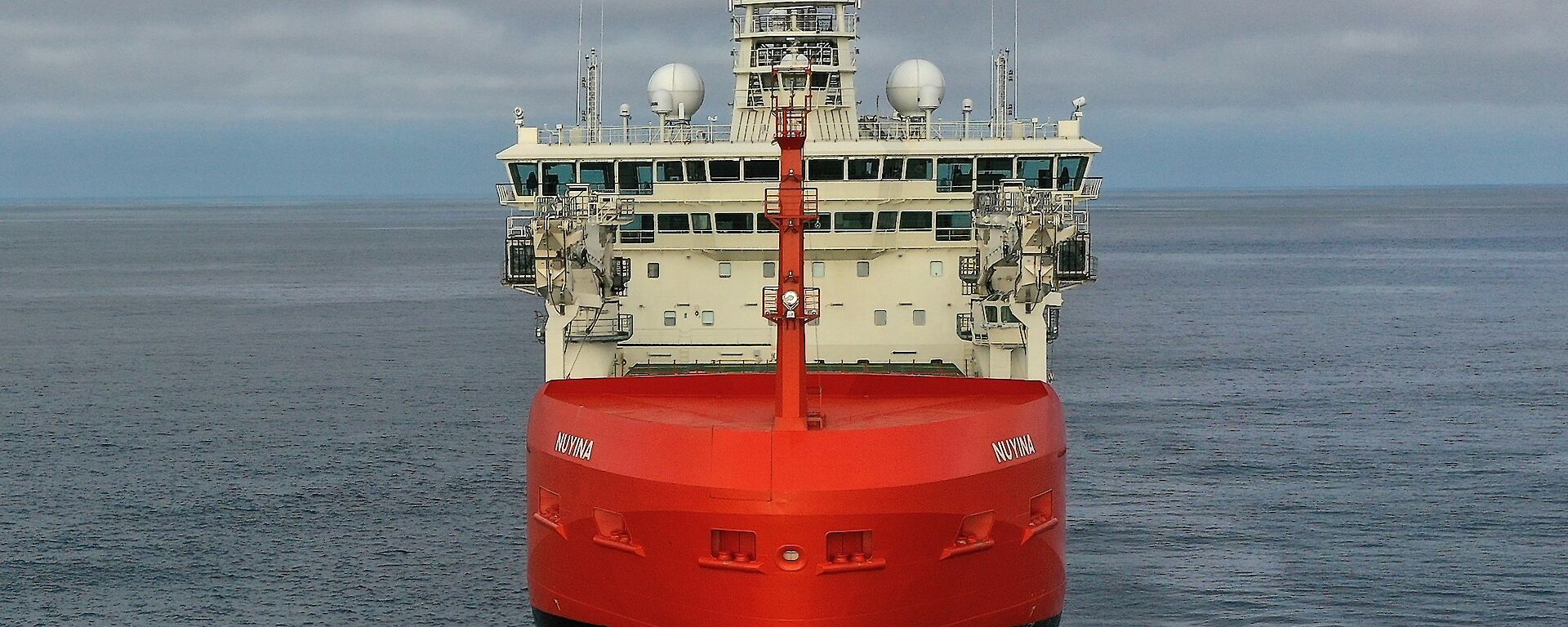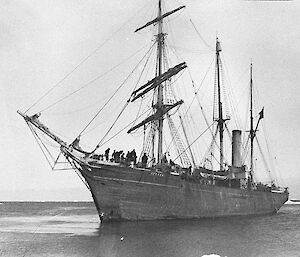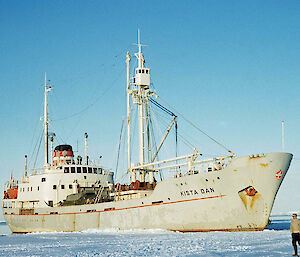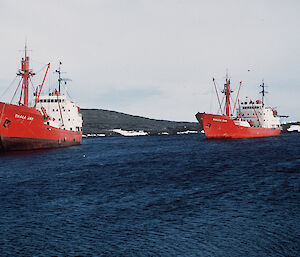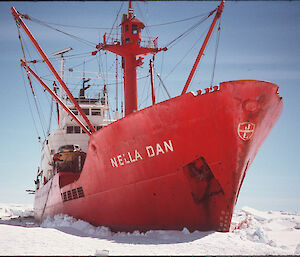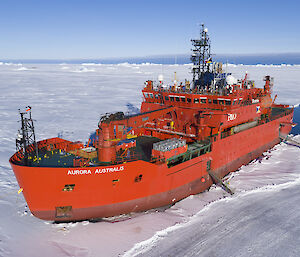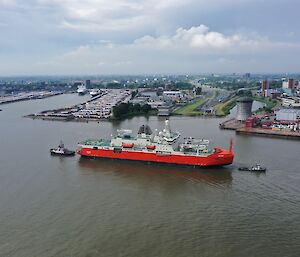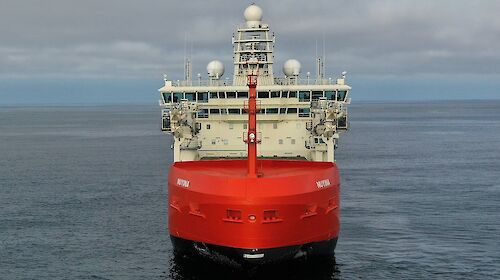Australian Antarctic Division General Manager responsible for the icebreaker project, Rob Bryson, said every ship that is designed for a national Antarctic program is based on what’s come before.
“This ship is a significant milestone in Australia’s interaction and endeavours in Antarctic history, because it represents all of the knowledge and technology that’s been used over those hundred years,” he said.
Since Douglas Mawson sailed on SY Aurora, ships have been critical to Australia’s scientific research in the Antarctic region.
The wooden steam yacht enabled construction of the first Australian base in Antarctica, at Cape Denison in 1912, and scientific discoveries that continue to inform contemporary science.
The J. Lauritzen Line MV Dan ships from Denmark were synonymous with the early years of ANARE (Australian National Antarctic Research Expeditions), after its formation in 1947.
In 1954, Kista Dan helped establish Australia’s first modern Antarctic research station at Mawson, followed by our second Antarctic station at Davis in 1957, and research stations on Heard and Macquarie islands.
From 1957–1962, Kista’s sister ships, Thala Dan and Magga Dan, supported Australia’s Antarctic program.
The much-loved Nella Dan, which served for 26 years from 1962–1987, set the standard for polar vessels at the time, and was critical to the development of Australia’s modern Antarctic and Southern Ocean marine science program.
This included major contributions to our understanding of ocean basins between Australia and Antarctica.
But in 1987, tragedy struck on Macquarie Island.
Nuyina Science Coordination Manager, Jono Reeve, was on the island at the time.
“Nella Dan got blown ashore in a rapid change of weather that blew the ship ashore whilst it was refuelling the station,” Mr Reeve said.
“She was a small vessel with only a single propeller and no thrusters, and a dragging anchor in that situation makes it very difficult very quickly.
“I was still fairly junior in those days but I know there was a lot of heartache and financial calculation being done, and I'm afraid the owners of the ship reached the conclusion that they couldn't tow it all the way back to Singapore for repair and they had to take it offshore and sink it, which was a sad day for many people. There were a lot of tears shed.”
With a rebuilding program underway at Australia’s Antarctic stations in the 1980s, ANARE needed a ship with a large cargo capacity to transport supplies. The MV Icebird was custom-made for the job and entered service in 1984.
In 1996 it was renamed MV Polar Bird by new owners, and worked for a short time alongside the first purpose-built research and resupply vessel for the modern Australian Antarctic Program – the Aurora Australis.
Launched on 18 September 1989, the Aurora Australis provided “an amazing new world-leading capability”.
“All these capabilities that people had dreamed of for some time and all these things we wanted to do we could now do and plan to do and work out ways to do new things that we hadn't ever done before,” Mr Reeve said.
“Those early science voyages were just a buzz with people blinded by the science and the interest in what they were doing and the capabilities of the ship to do all this amazing research. It was a very exciting time.”
Australia farewelled the Aurora Australis in 2020 after 31 years of service. The ship carried more than 14,000 expeditioners on over 150 scientific research and resupply voyages.
Australia is now looking forward to welcoming the world’s most advanced scientific icebreaker – RSV Nuyina.
After 100 years of building our polar knowledge and technology, Australian Antarctic Division Director, Kim Ellis, is excited by the promise the new ship holds for Australia’s Antarctic science program.
“It’s a truly remarkable ship,” Mr Ellis said.
“It’s a Swiss army knife of maritime capabilities. It will be the most complete and powerful scientific research vessel in the ocean when it arrives here, and it will revolutionise the way we deliver station support and science in the Southern Ocean and Antarctica.”

